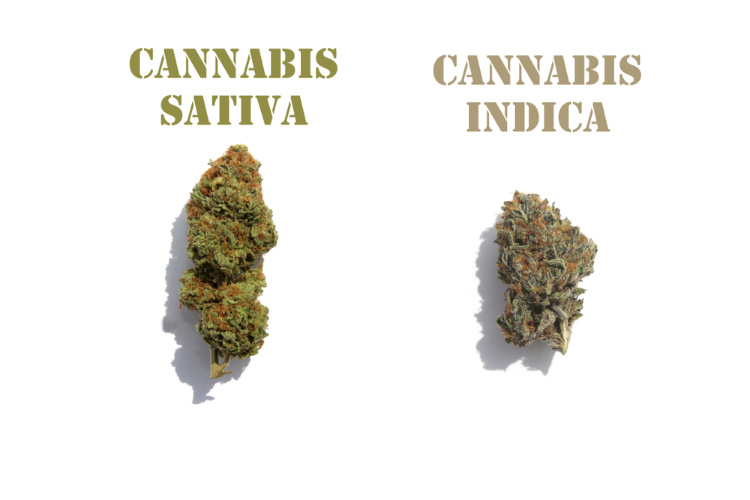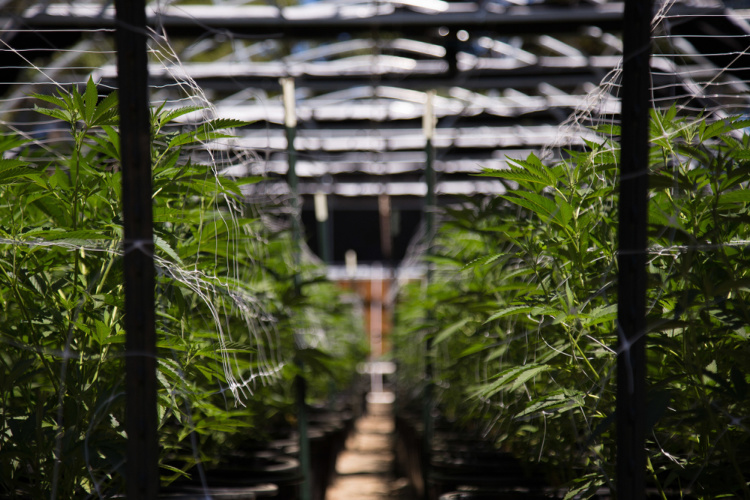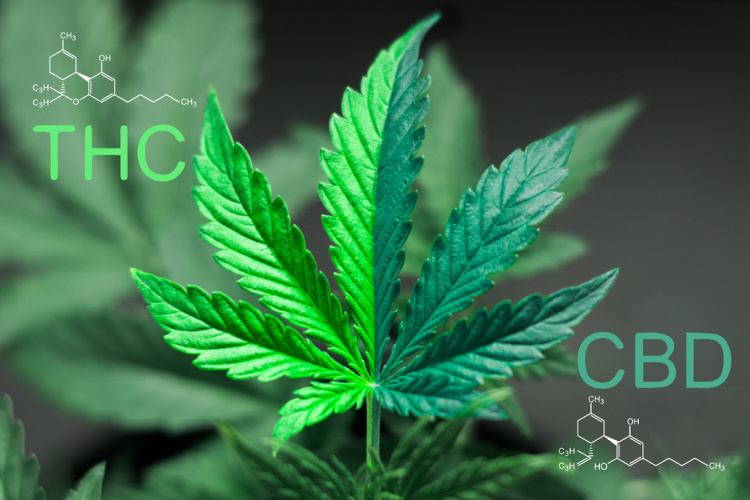Understanding Medicinal Cannabis: What Do Sativa and Indica Really Mean?
As the level of consumer education around cannabis grows by leaps and bounds, we field an increasing number of timely and pertinent requests for information about our medicines. One of the questions we hear most regularly from our clients is: How do you decide which cannabis plants to use in your medicines? Do you use sativa and indica, or hybrids of the two?
Many of us are aware that cannabis plants have historically been defined as being from one of the two major subtypes: sativa and indica. But because of the rigorous cross-pollination of plants, the great majority of cannabis plants are actually hybrids of these two groups.
How we choose from among them is such an important question for us as researchers, clinicians and caregivers focused on the medicinal qualities of cannabis. Because it’s an all-natural product, cannabis has many advantages over synthetic drugs like most common pharmaceuticals. Compared with the alternatives, cannabis medicine is gentle, safe, and effective against a wide range of qualifying conditions in New York State.
However, because cannabis is a plant and not created in a laboratory, individual plants—even those from the same strain, or breed of cannabis—are slightly different from one another. When we select the different cannabis plants we’ll use to formulate our safe, effective and best-in-class cannabis medicines, we perform rigorous testing to ensure our products will deliver consistent, repeatable and safe results, each and every time.
So to fully answer the question regarding which plants we use, the short answer is “all of them, depending on the desired outcome.” But let’s take a closer look at the types of cannabis plants to understand why one or the other might be more suitable for any given result.
Sativa and Indica: How Are They Different?
When the cannabis plant was first categorized by European botanists in the 18th century, the names “sativa” and “indica” had very different meanings than they do today. “Sativa” referred to the hemp plants grown primarily in Europe and Eurasia for their fiber and their seeds. “Indica” described the plants with psychoactive properties grown in India and Central Asia.
These days, sativa and indica are more commonly used to differentiate cannabis plants’ physical characteristics. Sativa plants are often called trees as they can reach heights of 20 feet. Compared with indica plants, their leaves are thinner-bladed and spaced farther apart from each other.
Indica plants are usually called bushes owing to their shorter, more squat profiles; they typically reach a height between 3 – 6 feet. Compared with sativa plants, their leaves are broader and often darker and more closely spaced.
In one regard, the scientists of 300 years ago were correct. Broadly speaking, the cannabis medicine from sativa and indica plants have very different effects on our bodies and our minds.
But these characterizations are only helpful to a degree. While they’re useful in describing the physical properties of the plants and in giving a rough idea of some of the effects each might have on our bodies, they’re not truly accurate enough to offer definitive answers about how they’ll affect us. For that, we need to look deeper.
A Better Way to Characterize the Cannabis Plant
Instead of looking at the outside of the cannabis plant, it’s more useful to look at the inside. Cannabis plants contain a large number of compounds and oils. Two of the most important types are the cannabinoids—which include some compounds you’re probably already familiar with, like THC and CBD—and terpenes. Sometimes described as “essential oils,” they’re a class of all-natural hydrocarbons that, along with the cannabinoids, give different cannabis plants their distinctive aromatic and medicinal qualities.
While labels such as “indica” or “sativa” are subjective, we can assess cannabis plants by their chemical properties instead. That’s one reason Vireo Health’s products are color-coded based on their cannabinoid ratios rather than “indica” or “sativa.” When you’re dedicated to making world-class cannabis medicine as we are here at Vireo Health, those distinctions are crucial. It’s just one reason our cannabis medicines are trusted for their effectiveness, potency, and consistency.
If you have any questions about the cannabis plant and how it’s used to make safe and gentle medications, don’t hesitate to contact us!



